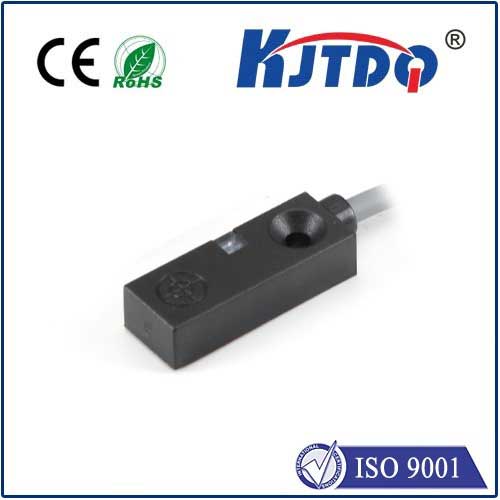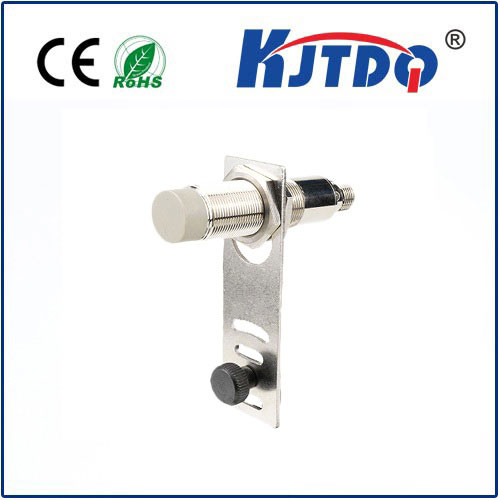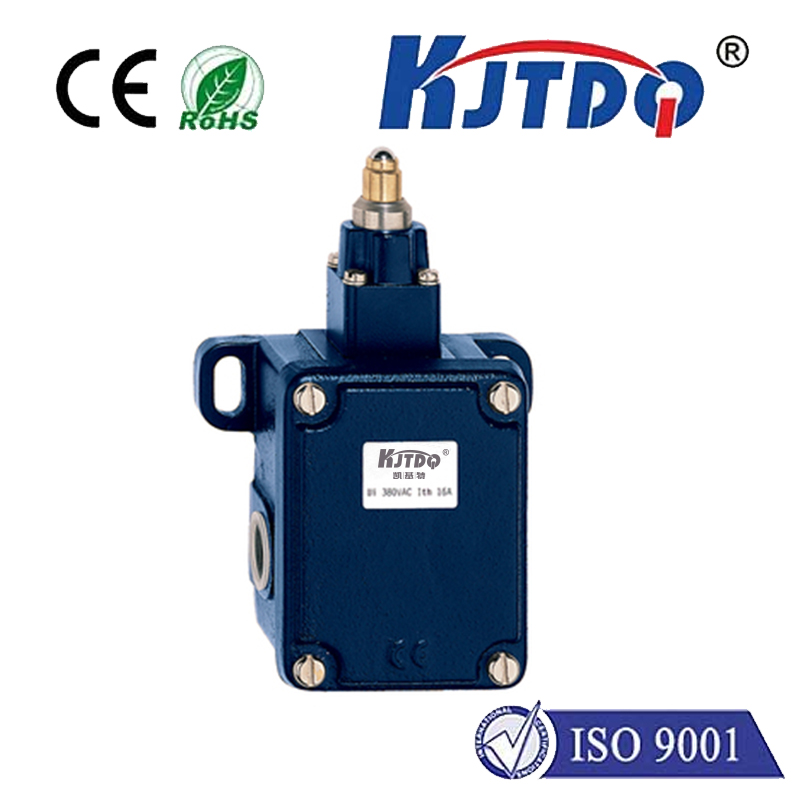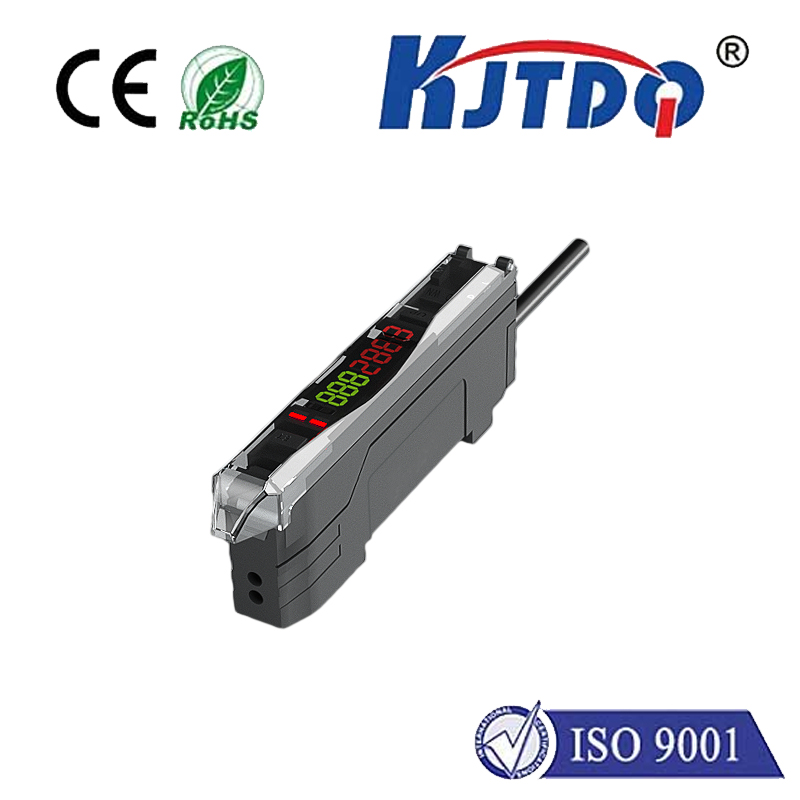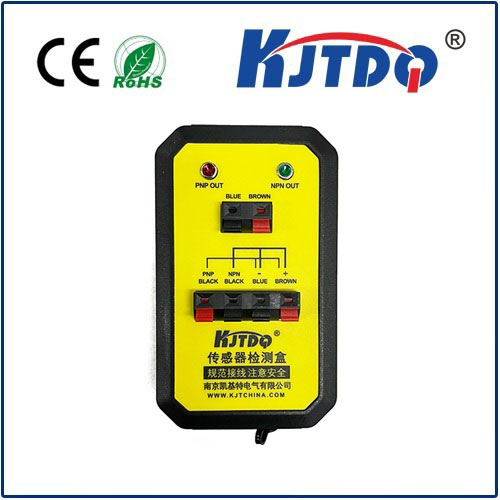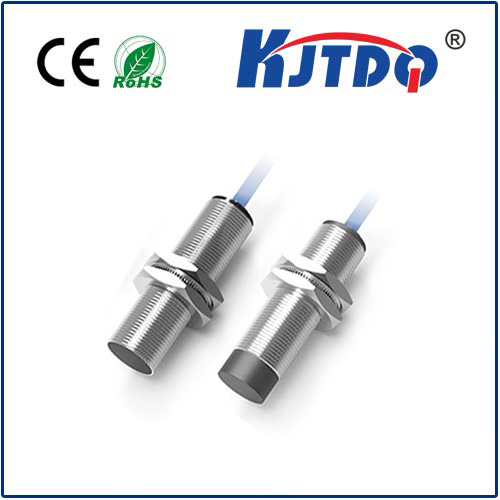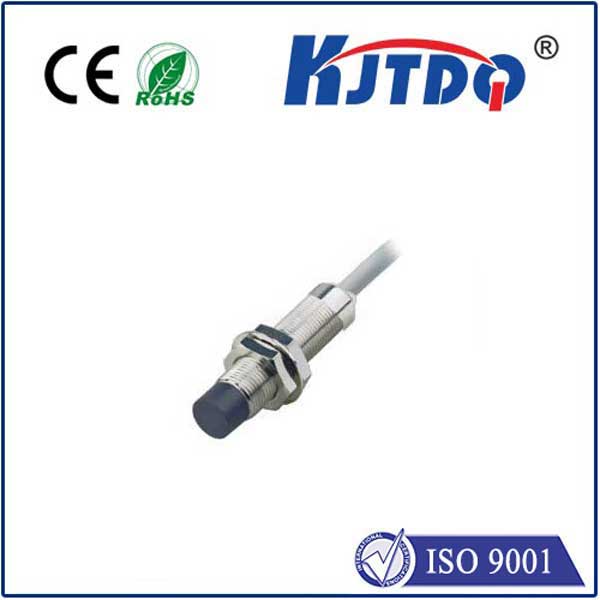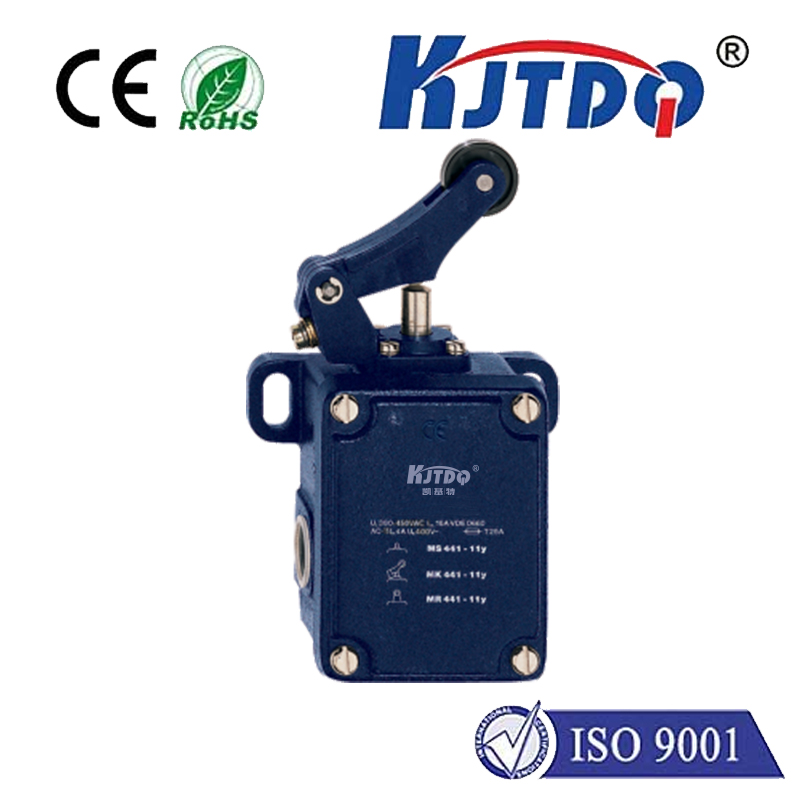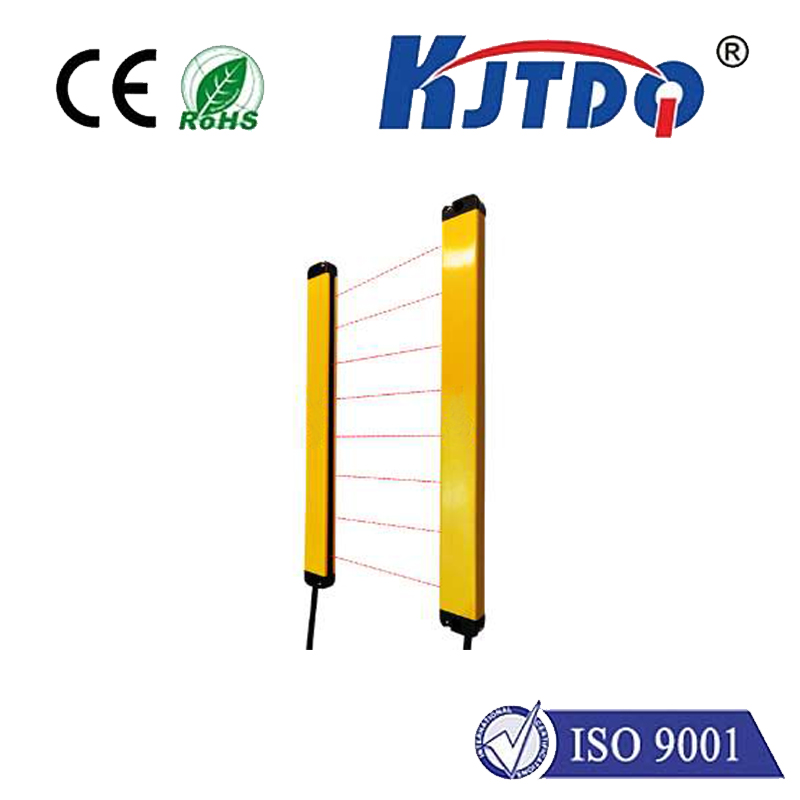
check

check

check

check
Roller limit switches are crucial components in industrial automation systems. They serve as a safety device to prevent machines from operating out of their designated limits, thus avoiding potential damages or accidents. The roller limit switch works by rolling over a lever attached to the machine's moving part and stops the motion when it reaches its set limit. Understanding different types of roller limit switches can help you make an informed decision for your application.
Mechanical Roller Limit Switches
Mechanical roller limit switches operate based on direct physical contact. They consist of a roller attached to a shaft which moves with the machine's motion. When this roller comes into contact with the lever, it triggers a microswitch that either opens or closes an electrical circuit, thereby halting the machine's motion. These switches are reliable and easy to install but may require more frequent maintenance due to wear and tear.

Electronic Roller Limit Switches
Electronic roller limit switches use sensors instead of mechanical contacts. They typically incorporate inductive or capacitive proximity sensors that detect the presence of metal objects without physical contact. As the roller reaches the preset position, the sensor sends a signal to the control system, which then initiates the stopping process. These switches offer longer lifespans and higher reliability than their mechanical counterparts.
Magnetic Roller Limit Switches
Magnetic roller limit switches utilize magnetic fields to detect position changes. A magnet is placed on the moving part of the machine while a reed switch is fixed on the stationary part. When the magnet rolls over the reed switch, it triggers an electrical signal that stops the machine. Magnetic roller limit switches provide excellent accuracy and durability. However, they may be affected by external magnetic interference or extreme temperature changes.
Laser Roller Limit Switches
Laser roller limit switches employ advanced laser technology for precise detection. They consist of a laser emitter and receiver pair where the laser beam is interrupted by passing through holes or slots along the machine's path. This interruption signals the controller to stop the machine at the desired limit. Laser roller limit switches offer high-speed operation and minimal maintenance requirements but come at a higher cost compared to other types.
In conclusion, selecting the appropriate type of roller limit switch depends on factors such as environment conditions, required precision, maintenance considerations, and budget constraints. By understanding the distinct characteristics of each type, you can choose the most suitable roller limit switch for your specific application needs.
